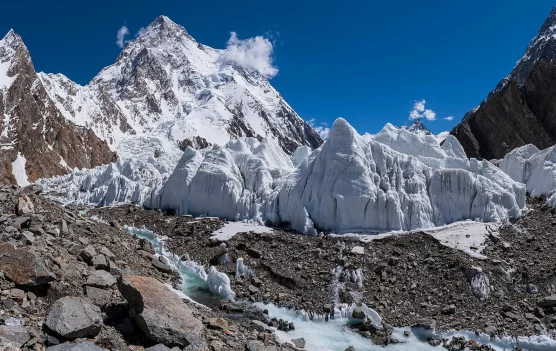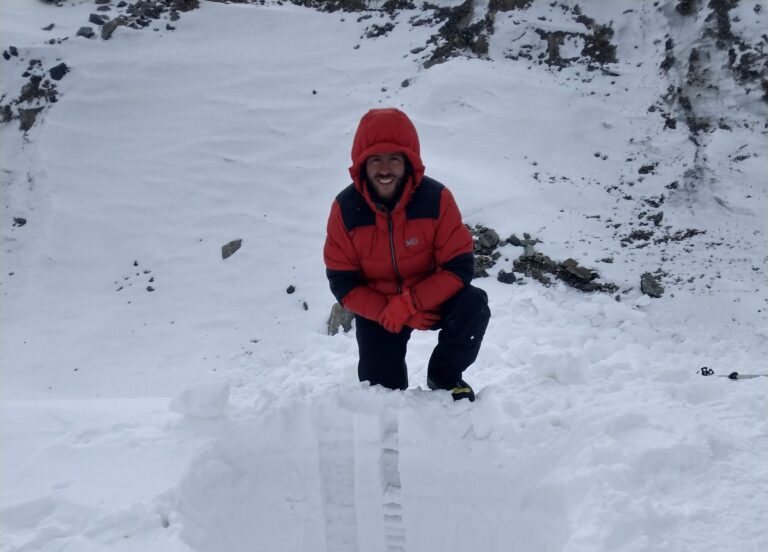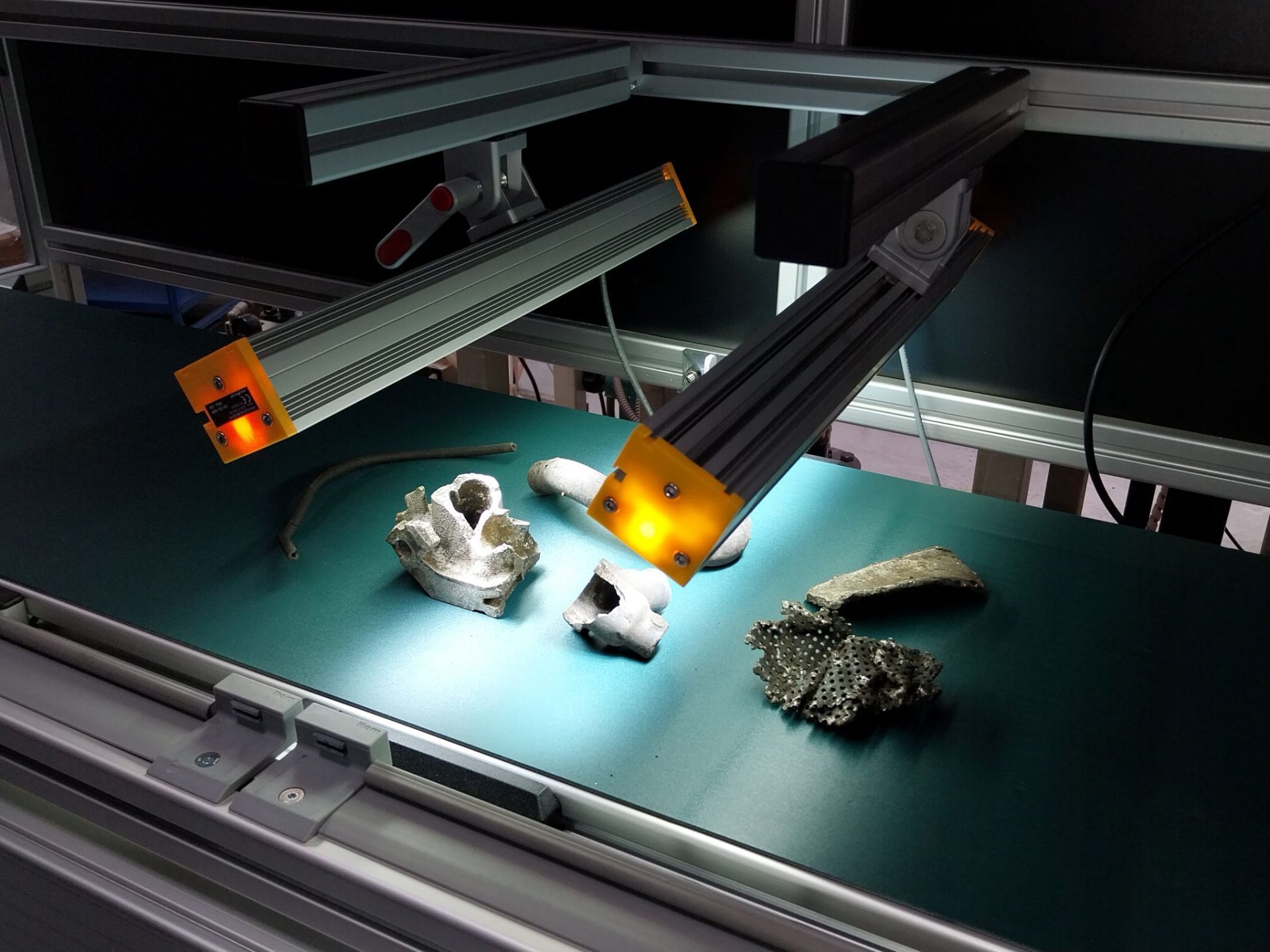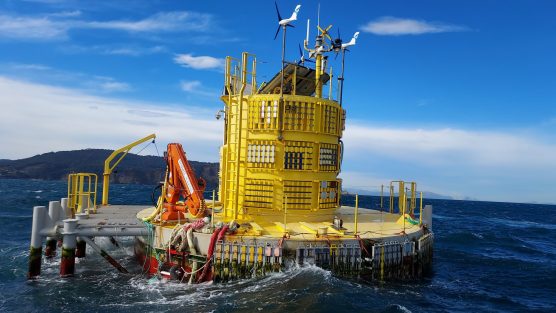An international study measures the impact of black carbon on K2

The Basque Centre for Climate Change (BC3) has led a research study analysing black carbon concentrations, a pollutant produced by human activity, in snow samples collected from the Godwin-Austen Glacier and the surface of the world’s second-highest mountain
In this mountainous region of Asia, known as the “Third Pole,” snow plays a crucial role in the hydrological cycle, supplying water to over one billion people
High atmospheric emissions of black carbon, a carbon-rich pollutant often generated by human activities, pose a significant threat to the ice and snow concentrated in Asia’s major mountain ranges. Among them is the Karakoram range, home to vast glaciers and some of the world’s highest peaks, including K2, which stands at 8,611 metres.
When black carbon particles settle on the surface of snow or ice, they accelerate melting, leading to glacier mass loss and reducing the duration of snow cover.
In this context, an international study led by the Basque Centre for Climate Change (BC3) has, for the first time, examined black carbon concentrations in the seasonal snow layer that accumulated on the Godwin-Austen Glacier, located at the base of K2, between 2018 and 2019.
To conduct this research, surface snow samples were collected at Camps 1 and 2 on K2, as well as along the walls of two snow pits excavated in the snow layer deposited on the glacier.
The team, led by BC3 expert Nicolás González-Santacruz, also carried out an isotopic analysis of the snow layer to determine when the snow began to accumulate. As the BC3 researcher highlights, “Establishing the formation period of the snow layer is essential for accurately interpreting black carbon data.”
The findings, supported by testimonies from porters working year-round on the Godwin-Austen Glacier and previous studies, suggest that the snow layer on the glacier is seasonal: it accumulates from October until the end of winter and completely disappears during the warmer months of spring and summer. This helped define the timeframe of black carbon concentrations in the snow layer—from October 2018 to the end of February 2019.
Furthermore, the study, published in the scientific journal Journal of Glaciology, reveals how the dominant sources of black carbon varied throughout the snow accumulation period.
“During autumn 2018, black carbon contributions originated from the northern Indus Basin, while in winter 2018-2019, influence from the Middle East, Central Asia, and Eastern Europe increased,” explains the researcher.
The researchers also quantified the extent to which black carbon presence altered the natural behaviour of the snow layer. Snow pit samples revealed particularly high black carbon concentrations, despite the region’s remoteness. Significantly high values were also detected at Camp 2 on K2, at over 6,000 metres altitude.
These findings highlight two key aspects: first, that black carbon accumulation accelerates snow melting and reduces its presence on the glacier; and second, that a significant portion of the recorded concentrations could be directly linked to local human activities, such as winter sports expeditions to nearby eight-thousanders and military operations.
However, when comparing these results with previous studies conducted in Asia’s major mountain ranges, researchers encountered challenges due to the lack of a well-established sampling methodology. For this reason, to gain a clearer perspective on the impact of black carbon, the study underscores the importance of standardising sampling criteria and protocols.

The Third Pole
Referred to as the “Third Pole” due to its vast ice reserves outside the polar regions, the Asian mountain ranges where K2 is located span a total area of 3.8 million km², covering parts of Afghanistan, Pakistan, India, Nepal, China, Tibet, Bhutan, Kazakhstan, Uzbekistan, Kyrgyzstan, and Tajikistan.
Some of Asia’s major rivers—the Indus, Ganges, Brahmaputra, Yangtze, and Yellow River—originate from this region, providing water to over one billion people, more than 20% of the global population.
The seasonal meltwater from glaciers and snow layers in this region helps buffer the decline in river flow caused by reduced precipitation during summer or dry seasons. As a result, it plays a crucial role in water security for this vast population, supporting agricultural irrigation, hydropower generation, and drinking water supply.




